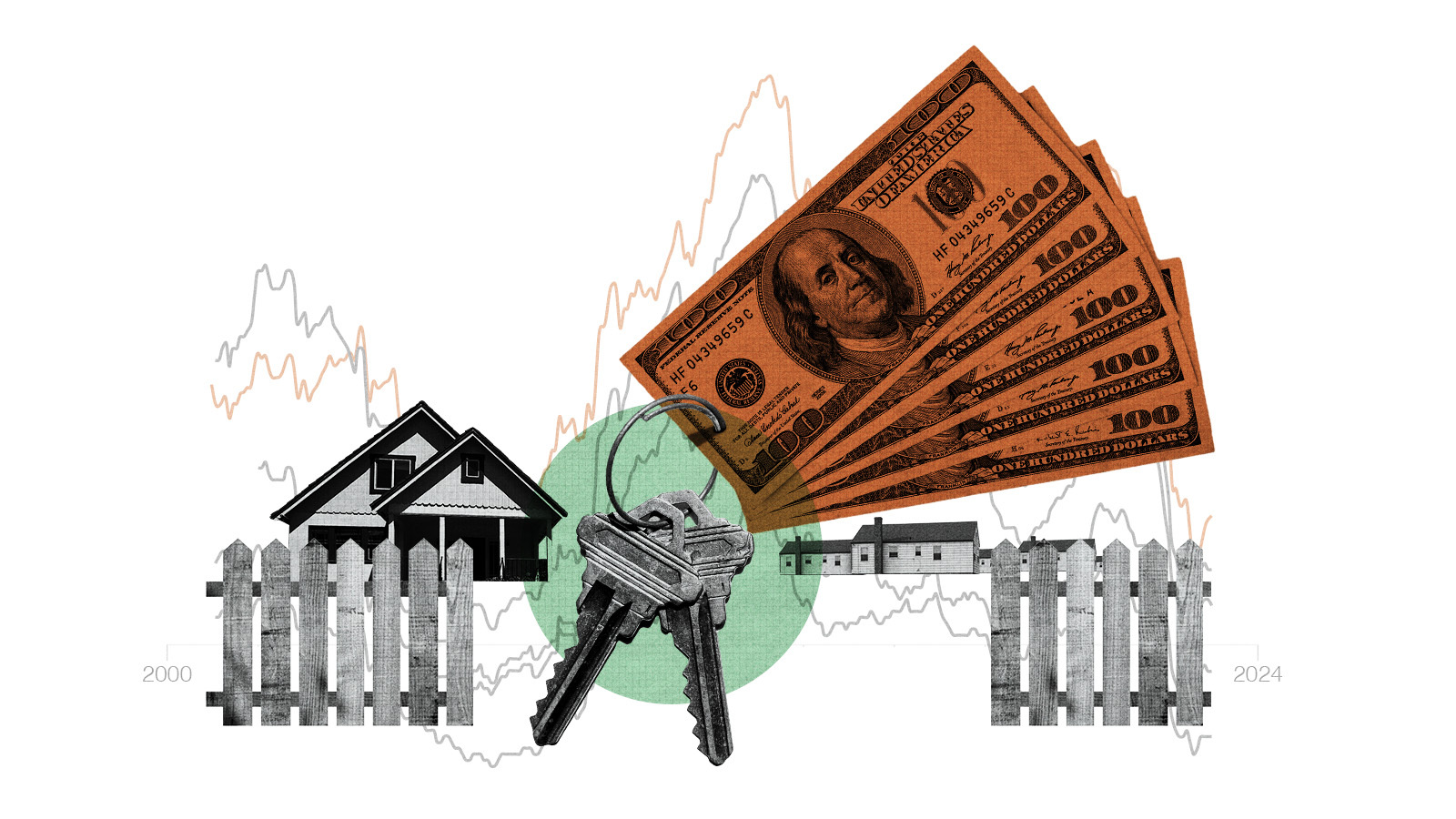
House Affordability Trends in the UK
The Office for National Statistics (ONS) recently released a report on the current state of house affordability in the UK. The data shows that while there has been a slight easing in house prices, they still remain above pre-pandemic levels.
House Prices in England
According to the ONS, the average house price in England was £290,000 last year, with the affordability ratio dropping to 8.3 times average annual earnings from 8.5 times the previous year. This shift indicates a return to the pre-pandemic trend after a significant increase between 2020 and 2021.
The ONS highlights that despite this improvement, the current ratios are still well above the affordability threshold of five years of income used as a general indicator for the price of an average home.
 House Affordability
House Affordability
House Prices in Wales
In Wales, the average house price stood at £196,500 last year, with the affordability ratio decreasing to 6.1 times average annual earnings from 6.4 times over the same period. However, similar to England, these figures remain significantly higher than the ONS’s affordability threshold.
Expert Insights
Sarah Coles, the head of personal finance at Hargreaves Lansdown, expressed concerns about the current state of house affordability. She stated, ‘Houses are frankly unaffordable at the moment. The pandemic property boom escalated property costs, and despite wage growth, there is still a considerable gap to bridge between earnings and house prices.’ Coles emphasized the substantial disparity between the doubling of average earnings since 1997 and the four and a half times increase in house prices.
For first-time buyers, the situation is even more challenging. A person earning the national living wage and purchasing an average home would need to allocate 14 times their annual earnings for the purchase.
Perenna’s chief executive, Arjan Verbeek, acknowledged the positive shift indicated by the latest ONS figures. He mentioned that the house price to earnings ratio is showing signs of stabilization, which is a positive step for prospective homeowners. However, Verbeek also noted that there is still a long way to go in achieving inclusive and equitable homeownership.
Conclusion
While there are some positive signs in the recent data regarding house affordability in the UK, the overall picture suggests that challenges persist for many potential homebuyers. The gap between house prices and earnings remains a significant concern, especially for first-time buyers.














